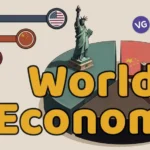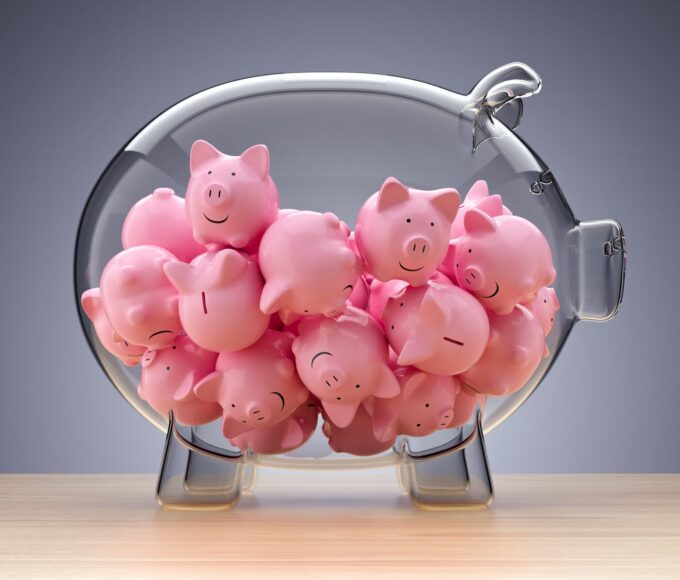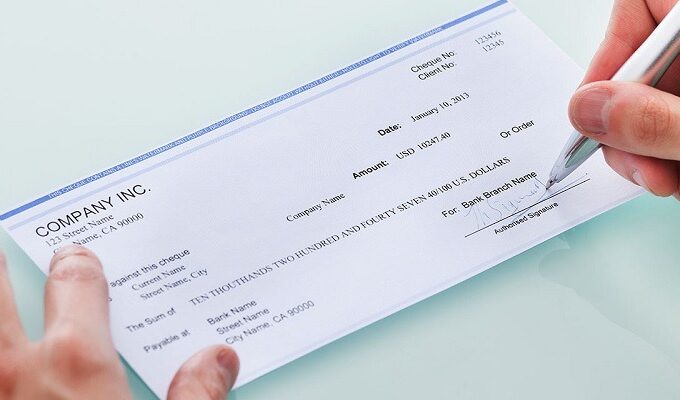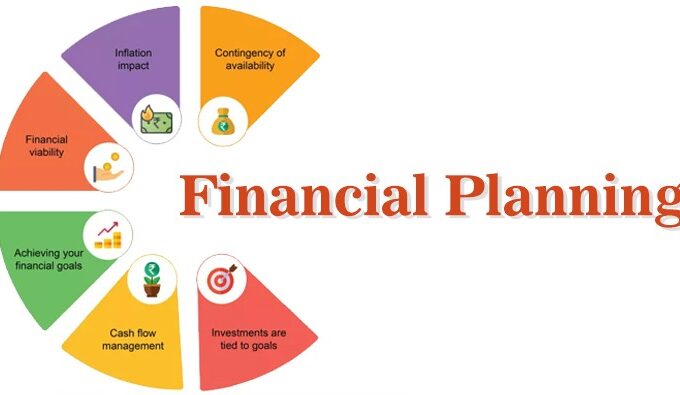The economy is the top issue for Americans in this year’s election. And for good reason. The COVID-19 pandemic has created supply chain bottlenecks holding up the delivery of everything from materials and equipment to finished products.
But despite these challenges, the economy has made great strides since January. Unemployment is below 4% for over two years, and wages, wealth, and jobs are higher than before the pandemic.
1. It’s going to screw over the rest of the World’s Economy
As the rest of the world struggles to recover from the coronavirus pandemic and ensuing economic chaos, America has found a way to grow its economy while ignoring the world. It’s a model that is not only harmful to the middle class but also to the global economy.
To make it work, the Biden administration is using various methods to lower prices, boost jobs, and stimulate growth in the United States. These include an infrastructure law, an Inflation Reduction Act, a CHIPS bill, and other initiatives to help bring back supply chains that were sent across the globe during decades of globalization.
The administration’s policies have proven successful, and its economic growth is helping to offset the impact of a global recession. But the strategy isn’t without its risks. Taking money out of Europe and other economies will tighten financial conditions, slow growth in those markets, and make it more expensive for them to buy American goods.
In contrast, Donald Trump’s approach to the economy prioritizes the interests of billionaires and big corporations at the expense of working families. His tax cuts have added trillions to deficits, boosted profits for companies that have offshored workers, and given a huge handout to the top 0.1% of the population. If he wins re-election, he will continue to pursue this skewed approach to economic policy.
2. It’s going to screw over the rest of the middle class.
The vibes are off. By almost every objective measure, Americans are doing much better than they were when Joe Biden took office, and yet 58% of voters say his policies have made things worse. Those numbers are at odds with the hard economic data, which shows an economy that’s booming and that wages are rising faster than ever.
Yet despite all of the positive indicators, many people are still struggling to keep up with rising costs. The latest figures show that the Consumer Price Index is at its highest level since July 2014, and gas prices are up to their highest point in seven years. These increases disproportionately hurt poor families, who spend a higher percentage of their incomes on basic necessities.
Fortunately, there are solutions to help. The first step is to make sure that working families get the support they need. That means expanding the Child Tax Credit to help 66 million families, making the ACA premium tax credits permanent to help millions more people afford their health care, and increasing the Earned Income Tax Credit for 19 million middle-class households.
And it also means making sure that wealthy people and big corporations pay their fair share, ensuring that no one earning less than $400,000 pays an extra penny in taxes, and ending the years-long practice of pairing huge tax cuts for the rich with small tax cuts for everyone else. The days of trickle-down economics are over. It’s time to invest in America’s working families.
3. It’s going to screw over the rest of the poor.
The economy is usually top of mind when people cast their votes in mid-term elections, and this year is no different. But America’s economic recovery is a tale of two economies: Donald Trump’s rigged one for billionaires and his wealthy donors, and President Biden’s effort to lower costs for middle-class families and build the economy from the bottom up and middle out to give everyone a shot at the American dream.
The Trump administration is trying to double down on this broken trickle-down economic model by extending tax cuts for the wealthy while raising taxes on the middle class and big corporations. But the economy is already flashing huge red warning signs: the cost of eggs, meat, and gasoline has all jumped significantly this year while mortgage rates have surged to multi-decade highs. And according to a new Gallup poll, Americans are worried about their financial situation now more than ever before.
And while these worries are justified, many of the solutions being tested by the White House and Congress aren’t very effective at improving the country’s finances. For example, a proposal that would cut taxes by an average of $800 a year for 19 million working-class families — including those who pay no federal income tax — is only expected to increase household wealth by 0.1%. That’s a fraction of the 1.2% increase Gallup expects from other proposals that have been tested by the White House.
4. It’s going to screw over the rest of the working class.
With the strongest economic recovery among all major economies, the lowest unemployment in decades, a record-low poverty rate, the highest stock market in history, and the second-best income growth of any developed nation, it might seem that America’s plan to fix its economy is working. However, a growing number of Americans feel the benefits of this prosperity are not trickling down to the rest of the country.
In fact, the middle class is increasingly dissatisfied with their current quality of life and income. Many say they can’t afford the necessities of living and want more to help them pay for housing, education, healthcare, and gas prices.
The solution is to make the ultra-wealthy and big corporations pay their fair share through minimum tax rates, cracking down on wealthy tax cheats, closing loopholes, and a new carbon tax. It’s a stark contrast to Donald Trump’s extreme MAGA agenda that prioritizes Wall Street over Main Street and rigged the COVID-19 response to benefit big corporate donors while leaving small businesses behind.
Other measures, such as building more homes to ease the housing crisis, bringing high-speed internet to rural areas, and, helping families with student loans are also ranked highly by Americans. But Americans are least positive about proposals that would boost labor union power, cut taxes on the rich or r, educe the deficit by raising the retirement age or cutting social security and Medicare benefits.


















Leave a comment